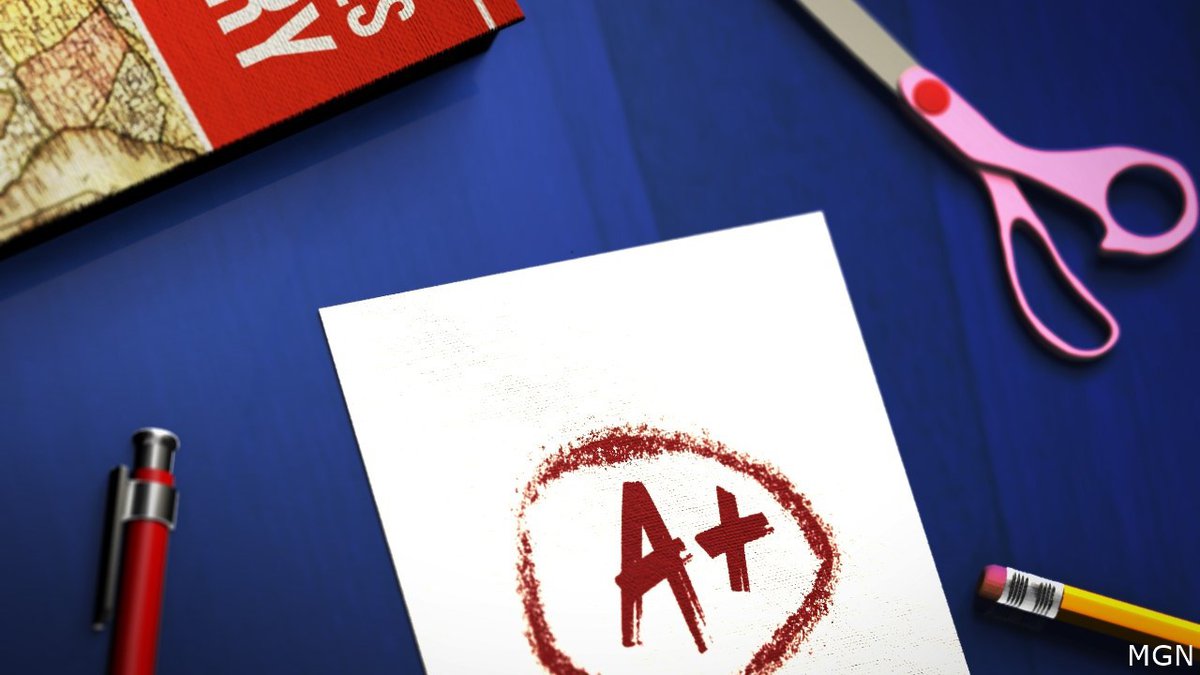
Calculus 2 is a mathematical course that focuses on 2 main points - Integration and Differentiation. The main weapon for integrals is the Riemann sum. Many applications use integration, such as the area under the curve and volume of solids. Integrals are important for many mathematical applications, even though they can be annoying.
Integral calculus
Integral calculus refers to the mathematical study of functions. It covers many topics such as functions of many variables, derivatives and optimization of function. The fundamental theorems that underlie calculus are ultimately derived from this topic. Many examples illustrate integral calculus concepts.
Integral calculus is the study of derivatives and integrals. A function that is integrally valued is called a derivate. An integral is any function that departs from its origin. This type of integral may be negative, positive or zero.

Differentiation
Calculus 2 differentiates between two key points: Integration, and Riemann sums. All variations of the U Substitution formula are used to integrate. Integration is used in the following areas: volumes of solids; work; and volumes under curves. Although integration is fundamental to all mathematical disciplines and students have difficulty understanding it, they are often a key component of every discipline.
Calculus has a key concept called differentiation. It describes the rate at which a function is changing relative to a variable. Although often used to indicate the rate of change in functions, the term derivative can also be used. It can also be used to measure the change in a function per unit change in an independent variable. For a clear understanding, let's consider an example. Consider a function y = f(x). In the Euler's notation, it is written dy/dx. Lagrange's notation says that the function is y=f(x).
Trigonometric equations
Trigonometric functions are used to describe a variety of phenomena. They are used for modeling sound waves and vibrations of strings as well as the motion of pendulums. This chapter will discuss the fundamental types of trigonometric function and their main identities.
These identities will allow you to solve the limits, derivatives and integrals of trig functionals. These identities will be most useful when you are working on integrals for the no-calculator portion of the test. Additionally, you will learn how to use a Unit Circle in order to find the sine and cosine for corresponding angles.

Prerequisites
Calculus 2 requires several prerequisites. These include Algebra I as well Calculus II. Elementary geometry is also required. Precalculus is an introductory analysis course. Calculus requires an in-depth understanding of functions and graphs. Students should also have a strong background in other areas of mathematics.
Calculus II is where students will learn about differential and integral calculus. They will also develop skills in solving problems using integration and power series. They will also learn to interpret and translate results into everyday language.
FAQ
What is a trade school?
For those who have not been able to get a degree at traditional higher education institutions, trade schools offer an alternative route. These schools offer career-focused programs that prepare students for specific jobs. These programs allow students to complete two years' worth of coursework in one semester. Then they can enter into a paid apprenticeship program that teaches them a specific skill set and provides on-the job training. Trade schools can be classified as vocational schools or technical colleges. Some trade schools also offer associate degrees.
What are the main types of early education?
There are many ways to explain early childhood education. Here are some of the most commonly used ones:
-
Preschool - Children ages 2 to 5
-
PreKindergarten- Children from 4-6 years of age
-
Head Start/Hestart - Children aged 0-3
-
Day Care/ Daycares: Children 0-5
-
Child Care Centers: Children from 0-18
-
Family Child Care – Children aged 0-12
-
Homeschooling for children ages KG-16
How do you apply to college?
There are many methods to apply to college. Start by speaking with your high school admissions counselor. Many high school applications can now be submitted online. Contact local colleges for more information. Many colleges accept applications via the Internet.
If you are applying by mail you will need to fill in the application, submit a personal statement and copies of all required documents. You have the opportunity to express why you wish to attend this college and how it will benefit you. It is also helpful for admissions committee members to understand your goals, motivations, and values.
Our website contains sample essays you can download.
What does it mean for a teacher to teach early childhood education?
Early childhood educators must have specialized training. Most states require teaching candidates to get certification from state boards in order to be allowed to teach in public schools.
Some states require teachers to pass tests on subjects like math and reading.
Some states require that teachers have completed a minimum number of courses related to early childhood education.
Most states have minimum requirements regarding what teachers should know. These requirements can vary from one state to the next.
What is the difference in school and college?
Schools are often divided into classes or grades, with one teacher teaching a class of students. Colleges are larger institutions that offer more specialized programs and include many university-level courses. While schools are more focused on fundamental subjects, colleges might offer a range of subjects such as arts, science and languages. Both levels of education are designed to prepare students for higher-level study.
What is the distinction between public and private schools, you ask?
Public schools are free for all students. They offer education from kindergarten to high school. Tuition fees for private schools are payable by each student. They provide education from preschool to college.
Charter schools are public-funded but privately managed. Charter schools don’t follow traditional curriculum. Charter schools allow their students to explore what interests them.
Charter schools are popular with parents who believe their children should receive quality education regardless of their financial status.
Is becoming a teacher difficult?
It takes a lot of commitment to become a teacher. You will need to devote a significant amount of time to your studies.
While working towards your degree, expect to be working around 40 hours per work week.
Also, it is important to find a job you can do. Many students report having trouble finding part-time jobs that allow them to balance their schedules with schoolwork.
Once you land a full-time position, you will likely be responsible for teaching classes during the day. You may also need to travel between schools each week.
Statistics
- They are more likely to graduate high school (25%) and finish college (116%). (habitatbroward.org)
- Think of the rhetorical power of nineteenth-century abolitionist Harriet Beecher Stowe, Martin Luther King, Jr., or Occupy Wall Street activists with their rallying cry of “we are the 99 percent.” (bostonreview.net)
- Among STEM majors, that number is 83.5 percent. (bostonreview.net)
- In most developed countries, a high proportion of the population (up to 50%) now enters higher education at some time in their lives. (en.wikipedia.org)
- They are also 25% more likely to graduate from high school and have higher math and reading scores, with fewer behavioral problems,” according to research at the University of Tennessee. (habitatbroward.org)
External Links
How To
Where can I find out more about becoming a teacher?
Teaching jobs are available for public elementary schools as well as private elementary schools.
A bachelor's degree at one of the following institutions is necessary to become a teacher.
-
A four year college or university
-
A program for associate's degrees
-
Two-year community college programs
-
These three types of programs can be combined
Candidates must fulfill state requirements to be eligible for teaching certification. These requirements include passing standardized tests, and completing a probationary phase of work experience.
Most states require that all candidates pass the Praxis 2. This test assesses the candidate's reading, writing, mathematics, as well as language arts knowledge.
Many states also require that applicants obtain a specialized licensure before being certified as teachers.
These licenses may be obtained by the boards for education of the states.
Some states grant licenses with no additional testing. To determine if your state has granted licenses without additional testing, you should contact the board in your state.
Some states don’t issue licenses until the applicant has completed a master’s degree program.
Some states permit individuals to apply directly at the state board or education for licensure.
The price, duration, and coursework required for licenses can vary greatly.
You might find that certain states only require you to have a highschool diploma. Others require you to have a bachelor's.
Some states require specific training, such as in literacy and child development.
Some states require applicants to hold a master's in order for them to be licensed.
Many states require teachers to provide information about their previous jobs when applying for certification.
If you worked in another profession, you might want to mention it on your application.
Regardless of your previous experience, most states will still accept you regardless.
You may wish to list your previous job title, position, and years of service.
These information are often useful to potential employers.
It shows that they have relevant skills.
While working, you may have learned new skills and acquired valuable work experience.
You can showcase this to future employers by putting your resume in their hands.